Por: Eudald Espluga
Divertidos, crueles e hirientes: algunos de los cómics, novelas gráficas y libros ilustrados más feministas que se han publicado recientemente y que debes leer.
La soledad de Wonder Woman en el cartel que de la 36ª edición del Salón Internacional del Cómic de Barcelona desató la polémica. Era el único personaje femenino que podía verse en medio de un escuadrón de superhéroes, detectives, caballeros y seres extraordinarios, todos ellos masculinos. Era una anécdota, sí, pero significativa: las mujeres del cómic —las dibujantes, las protagonistas— eran nuevamente invisibilizadas.
Especialmente porque no era la primera polémica que rodeaba el Salón del Cómic por este motivo. En 2017, la dibujante Conxita Herrero denunció en su discurso la escasa presencia de mujeres entre los nominados a los premios del Salón y parece que los organizadores tomaron buena nota: este año, por fin, la lista es pariataria.
Aprovechamos que hoy empieza la 36ª edición del Salón para reivindicar algunos de los cómics, novelas gráficas y libros ilustrados feministas más interesantes que se han publicado recientemente.
1. Le féminisme, de Anne-Charlotte Husson
Si hace poco reseñábamos la publicación de la versión ilustrada de Feminismo para principiantes, de Nuria Varela, que trasladaba a las viñetas su historia radicalmente concentrada de la lucha por la igualdad de las mujeres, es imprescindible citar el precedente de Anne-Charlotte Husson y su Le féminisme, un cómic publicado en 2016 que perseguía también una función pedagógica: a partir de citas de pensadoras feministas —desde Olympe de Gouges hasta Virginie Despentes—, explora los conceptos e ideas clave del movimiento. Mucho más underground, el libro de Husson utiliza el lenguaje del cómic para trasladar las problemáticas teóricas a contextos cotidianos. El resultado es un diccionario feminista dramatizado, tan divertido como exacto.
2. Miss Hokusai, Hinako Sugiura
Redescubrir el trabajo de dos mujeres que habían quedado en las sombras es lo que ha conseguido la editorial Ponent Mon al recuperar este cómic, casi veintidós años después de su publicación. Porque tras la famosa ola de Hokusai se escondían dos mujeres:Katsushika Oei, hija del artista y autora de muchas de las obras que después serían inmortales, y Hinako Sigura, dibujante, escritora e investigadora nipona que en los años 90, con la recuperación de la figura de Oei, llevó el feminismo al manga histórico.
3. El probelma de las mujeres, Jacky Fleming
Las grandes mujeres del pasado son como los fantasmas: muchos creen que existen, algunos incluso los han visto, pero nunca aparecen en las historias oficiales. Por eso Jacky Fleming escribió este cómic divertido y cruel, que no sólo pone en viñetas la historia de un olvido, sino que además nos demuestra la intencionalidad innegable de esta marginación. Recopila, pues, la historia de las mentiras, inventos y argumentos desconcertantes que los filósofos, científicos y políticos de todos los tiempos han utilizado para justificar su dominio. El mensaje de Fleming es simple: el «problema de las mujeres» no es de las mujeres, sino de una sociedad patriarcal que las menosprecia y excluye invariablemente.
4. Pink, de Kyoko Okazaki
Aunque no aborda formalmente la cuestión del feminismo, el manga de Kyoko Okazakies una exploración fascinante al debate sobre el trabajo sexual. Sin prejuicios ni idealismos, sitúa a sus personajes en la perfecta encrucijada entre deseo, trabajo, amor y mercado. Publicado originalmente en 1989, Okazaki concibió el manga como un ataque al Japón urbano, que ponía en jaque la normatividad moral de la sociedad nipona, y desafiaba todo tipos de tabús. Para la mangaka, el deseo —sexual, consumista, romántico— es voraz e inestable como un cocodrilo, y será precisamente este animal el que protagonizará la historia.
5. ¿Qué pacha, mama?, de Lola Vendetta
Raquel Riba Rossy vuelve a las librerías con su Lola Vendetta. Viene dispuesta a diseccionar la construcción de la identidad femenina bajo un eje muy concreto: el de la relación madre-hija. En un mundo en el que a los niños «se les regalan tanques de guerra» y a las niñas «muñecas con pies con forma de zapato de tacón», ¿Qué pacha, mama? explora con crueldad y humor hiriente la construcción del yo a la luz de nuestras dependencias y afectos. «No todxs tenemos un útero, pero todxs hemos vivido en uno» es el significativo lema que encabeza esta nueva publicación.
6. Francine se desarregla, de Francine Oomen
Si la última Lola Vendetta regresa al mundo de la infancia, Francine Oomen apunta en dirección contraria. Francine se desarregla es «una memoria gráfica, sin complejos, sobre un tema tabú: la menopausia». Sofocos, aumento de peso, mareos, desorientación, dolores musculares, manchas en la piel: esto son sólo algunos de los cambios físicos y emocionales que puede conllevar la menopausia, y son los que Oomen investiga en este cómic divertido y terrible, que empieza con una sentencia lapidaria: «tenía 52 años y no me hacía ninguna gracia ser yo misma».
7. El fruto prohibido, de Liv Strömquist
Basta con hojear las primeras páginas del cómic de Liv Strömquist para que en la garganta se te haga una bola de emociones. Quieres reírte a carcajadas de las burradas que con un enorme rigor la dibujante ha ido recopilando para reconstruir una historia cultural de la vulva. O mejor dicho: de cómo el patriarcado se ha dedicado a controlar, gestionar, disciplinar y ocultar los genitales femeninos. Strömquist lo expone con una crueldad terrible, revelando los entresijos de un sadismo cultural que, como un espejo, nos devuelve una historia poco halagadora de las instituciones médicas.
8. Enjambre, Susanna Martín (ed).
Para las mujeres del mundo del cómic, publicar es resistir. Por esto la historietista y activista Marika Vila define a las artistas antologadas en este volumen como «un enjambre de obreras», de trabajadoras activas y luchadoras. En él se recojen 17 capítulos de algunas autoras claves del panorama editorial español e internacional: Lydia Sánchez, Pupi Herrera, Lola Lorente, Ana Galvañ, Elisa McCausland o Ana García. Desde el costumbrismo hasta el género fantástico, estas autoras atacan los principales prejuicios que tradicionalmente rodean la identidad de la mujer. Como explica Ana Miralles en Graffica, «este libro es zumbido, es grito, es canto, es denuncia, es advertencia. Las autoras han querido reunirse esta vez para demostrar que no tienen nada en común, que están hartas de esa obsesión de entomólogo que tiene la sociedad, el sistema, la corriente de pensamiento imperante, llámenlo como quieran, en separar, clasificar y adjudicar a cada género su casillero estanco».

9. Desastre, de Mamen Moreu
Una de las autoras antologadas en Enjambre es Mamen Moreu, viñetista nacida en Huesca, que acaba de publicar Desastre, su segunda novela gráfica. Aunque a primera vista este cómic está dedicado a la crisis perpetua de esa edad inocreta que es «la madurez», está construido desde una perspectiva crítica que pone la experiencia femenina en primer plano. La broma costumbrista toma un cariz político, especialmente cuando Moreu apunta a los ejércitos de expectativas sociales contra los que tiene que luchar la protagonista. En Desastre, la industria del coaching y los libros de autoayuda aparecen recurrentemente como encarnación de un superego cultural que recuerda a las mujeres que tienen que ponerse a dieta, sonreír, estar motivadas, querer hacer deporte, gustar, ser independientes en el amor y un largo etcétera de etcéteras.
10. Belleza, de Kreascoët y Hubert
Belleza es un cuento de hadas perverso que narra la historia de Hedionda, una joven que se ve constantemente ultrajada y humillada por culpa de su físico. Los niños la llaman «fea» por la calle y le lanzan peces podridos al grito de «ahí va un posible novio». El problema es que las cosas no mejorarán cuando sus deseos se vean por fin cumplidos. Porque sí, un ser divino transformará su rostro y la ajustará a los ideales normativos de belleza. Su cuerpo será ahora deslumbrante. Pero la crueldad de su entorno será mucho peor: sin tiempo para llegar a casa después de la maravillosa mutación, un hombre intentará violarla. Y después otro. Y otro. Y otro.

11. Queer: una historia gráfica, Meg-John Barker y Julia Scheele
El objetivo de este libro es incierto y polémico: definir lo indefinible. O, todavía peor, definir aquello que muchas personas se resisten a que sea definido: la teoría queer. Por ello, hacer una historia gráfica de esta aventura intelectual y política es doblemente peligroso, puesto que no sólo debe sortear los escollos propios de cualquier adaptación, sino que debe respetar la resistencia de esta teoría al lenguaje, a la representación, al concepto. La historia de lo queer es la historia del cuestionamiento del sexo, el género y la identidad. Pero es mucho más: el relato de cómo estas teorías han impregnado nuestra sociedad y poco a poco se han convertido en narrativas empoderadoras para comunidades que tradicionalmente habían sido marginadas y degradadas. Queer: una historia gráfica es, al final, un intento por hacer llegar más lejos esta tensión conceptual y ayudar a que lo queer deje de ser una rareza intelectual.
12. Nuevas luchas para nuevas superheroínas
La transformación del mundo del cómic no se reduce a la aparición de libros militantes, historias gráficas y reediciones de clásicos olvidados. Las industrias tradicionales como Marvel, DC o Stranger poco a poco van reinvendándose: no sólo incluyen a más superheroínas, sino que rompen con la estética masculinizante que recorría el género. Los cuerpos normativos dejan paso a otros modelos, y incorporan otras experiencias como el embarazo o la menstruación. Lejos de la retórica de la invulnerabilidad, con Spider Woman, Faith o Niobe descubrimos unos personajes para quien la fragilidad íntima de lo humano no está reñido con la fuerza y la violencia.
Fuente: https://www.playgroundmag.net/lit/10-comics-feministas_28980992.html
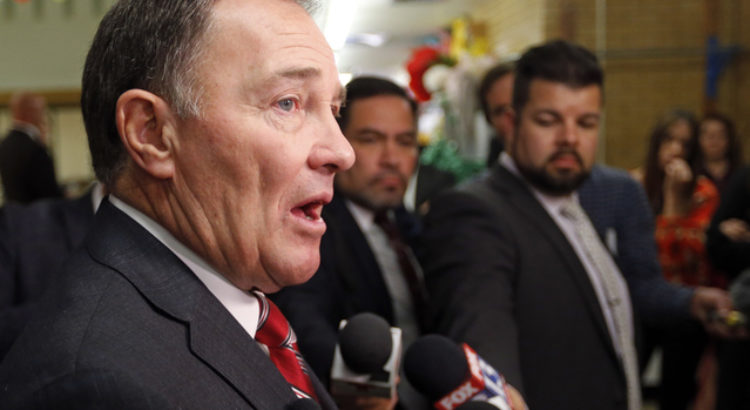


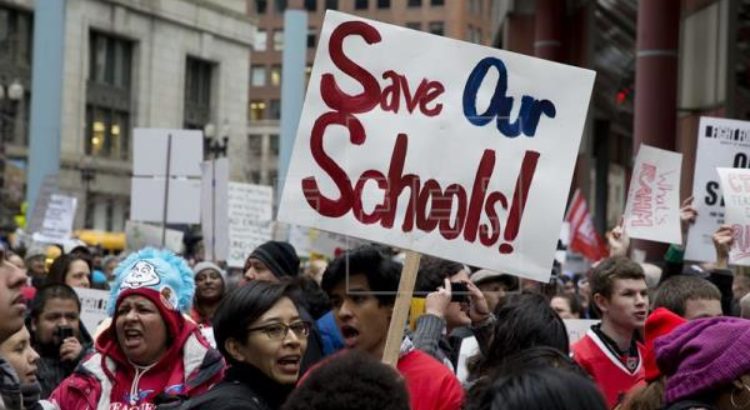
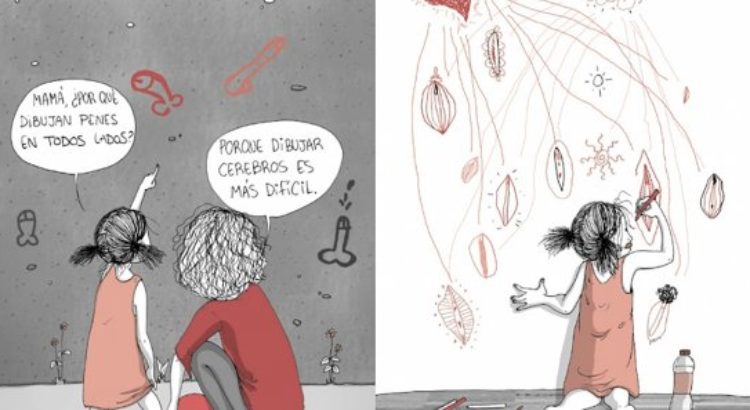
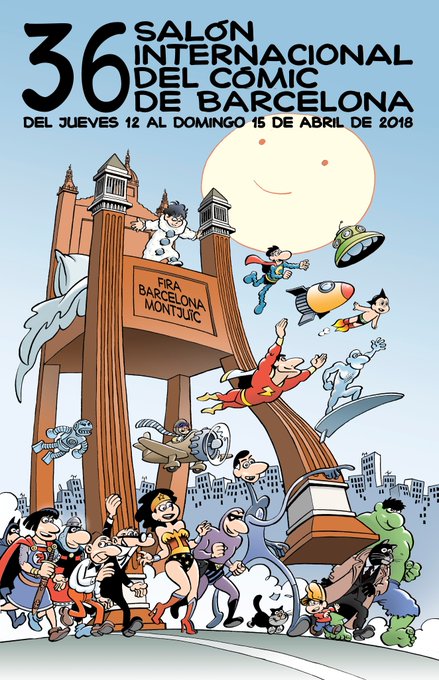













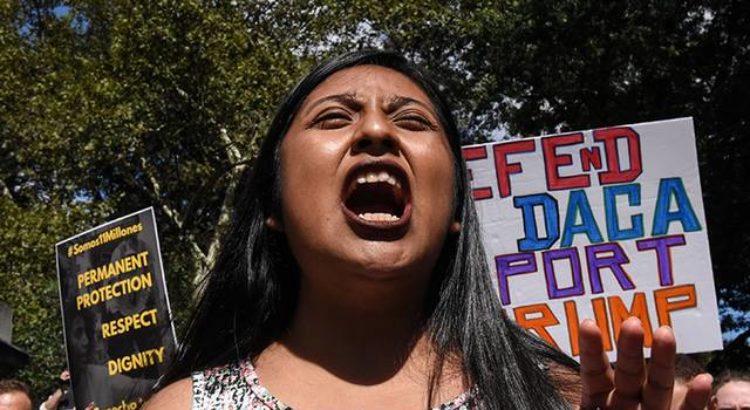





 Users Today : 42
Users Today : 42 Total Users : 35460345
Total Users : 35460345 Views Today : 61
Views Today : 61 Total views : 3419089
Total views : 3419089